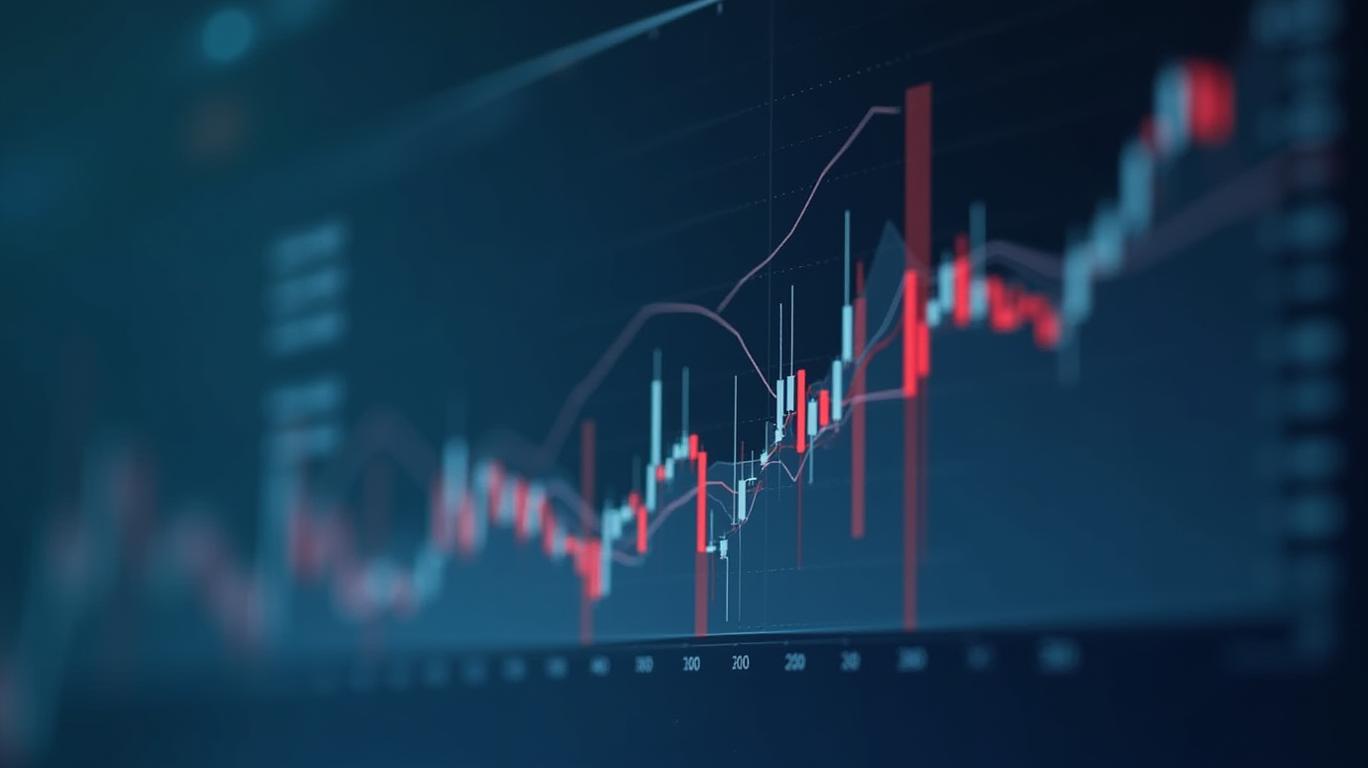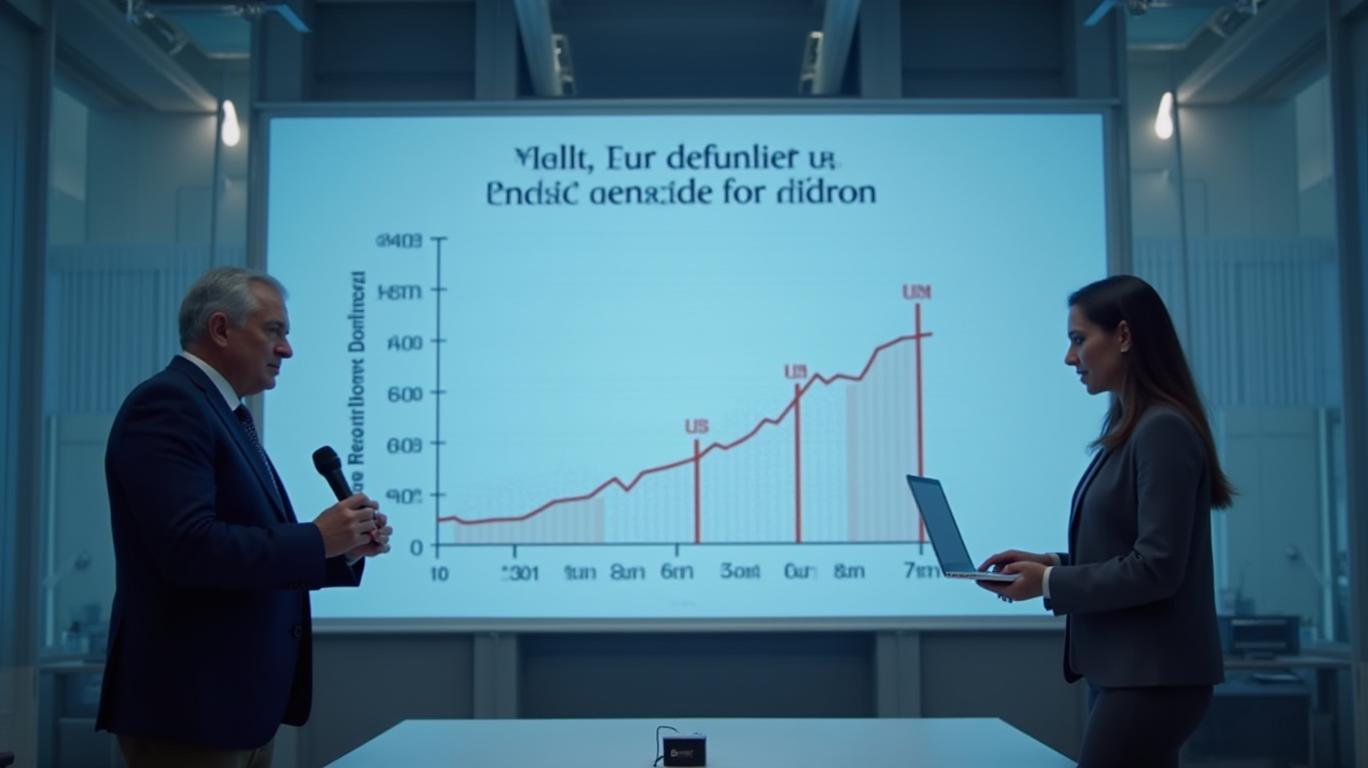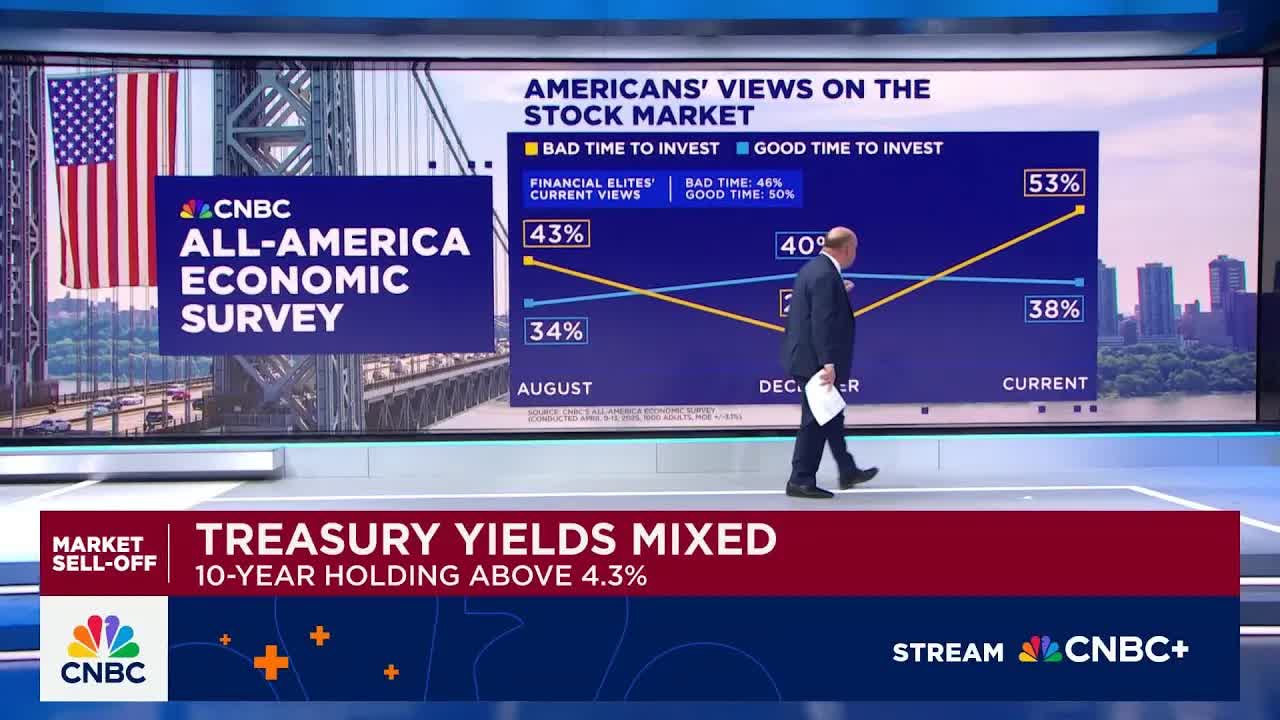AAII Sentiment Survey: Pessimism Hits Record Highs—Is This the Best Time to Buy?
The latest AAII Sentiment Survey for April 2025 has delivered a stark message: investor pessimism is at record levels. With bearish sentiment spiking to 61.9% in early April—the highest in the survey’s 38-year history—individual investors are sounding the alarm about the stock market’s direction. But here’s the twist: this extreme fear might just be the contrarian signal we’ve been waiting for. Let’s dig into the data and figure out what it means for your portfolio.
The Numbers Tell a Story of Despair
The AAII data for the week ending April 2, 2025, revealed a stunning 61.9% of investors were bearish, far exceeding the historical average of 31%. Meanwhile, bullish sentiment plummeted to 21.8%, a full 15.7 percentage points below its average.  . The bull-bear spread (bullish minus bearish) plunged to -38.3%, the lowest in decades—a clear sign that fear is dominating the narrative.
. The bull-bear spread (bullish minus bearish) plunged to -38.3%, the lowest in decades—a clear sign that fear is dominating the narrative.
This pessimism isn’t fleeting. Bearish sentiment has now exceeded 50% for 10 consecutive weeks, a streak unmatched since the 1990 Gulf War. Even neutral sentiment, which usually hovers around 31.5%, has been depressed, reflecting a market paralyzed by uncertainty.
Why the Fear?
Investors are reacting to a cocktail of concerns:1. Trade Policy Uncertainty: New tariffs on Chinese imports and retaliatory measures have clouded the outlook for global supply chains.2. Economic Soft Patch: The Atlanta Fed’s GDPNow model projected a 0.3% contraction in Q1 2025, fueling recession fears.3. High Valuations: After years of gains, investors are questioning whether stocks are overpriced in a slowing economy.
Ask Aime: "Is the stock market in trouble?"
The S&P 500, which had already fallen into correction territory, dropped another 4.5% year-to-date by early April, amplifying the gloom.
The Contrarian Play: History Says “Buy Now”
Jim Cramer’s mantra—“Be greedy when others are fearful”—rings loud here. The AAII survey is a classic contrarian indicator. When bearish sentiment hits extremes, it often signals a market bottom. Let’s look at the data:
- Past Peaks: In 2009, during the Great Recession, bearish sentiment hit 52.6%. The S&P 500 more than doubled over the next five years. In 2020, a 55.5% bearish reading preceded a 90% rally by mid-2021.
- Current Context: The 61.9% bearish reading in April 2025 exceeds both those levels. Historically, such extremes have preceded above-average returns over the next 6–12 months.
What Should You Do?
- Look for Bargains: Companies with strong balance sheets and dividends—like Walmart (WMT) or 3M (MMM)—could outperform if the economy stabilizes.
- Dip into Tech with Caution: While the sector faces valuation headwinds, Microsoft (MSFT) and Texas Instruments (TXN) offer long-term growth potential at lower prices.
- Monitor Sentiment: Keep an eye on the AAII data. A drop below 50% bearish could signal a turning point. SPY Trend
Conclusion: Pessimism is a Gift
The AAII data paints a grim picture, but that’s exactly why it’s a buying opportunity. Extreme bearish sentiment has been a reliable contrarian signal for decades. While risks like inflation or geopolitical flare-ups remain, the market is pricing in a lot of bad news.
History shows that when individual investors are this pessimistic, the S&P 500 has delivered average annual returns of 12% over the next two years. Don’t let fear drive your decisions—use it as a roadmap to find undervalued stocks. This could be the setup for the next big rally.
As they say on Wall Street: “The time to buy is when the blood is on the streets.” April’s AAII data suggests the blood is flowing freely. Roll up your sleeves and start picking through the wreckage.
Final Note: Always pair sentiment analysis with fundamentals. Check earnings, debt levels, and industry trends before diving in.


_cbf77e8c1748017079428.jpeg)







